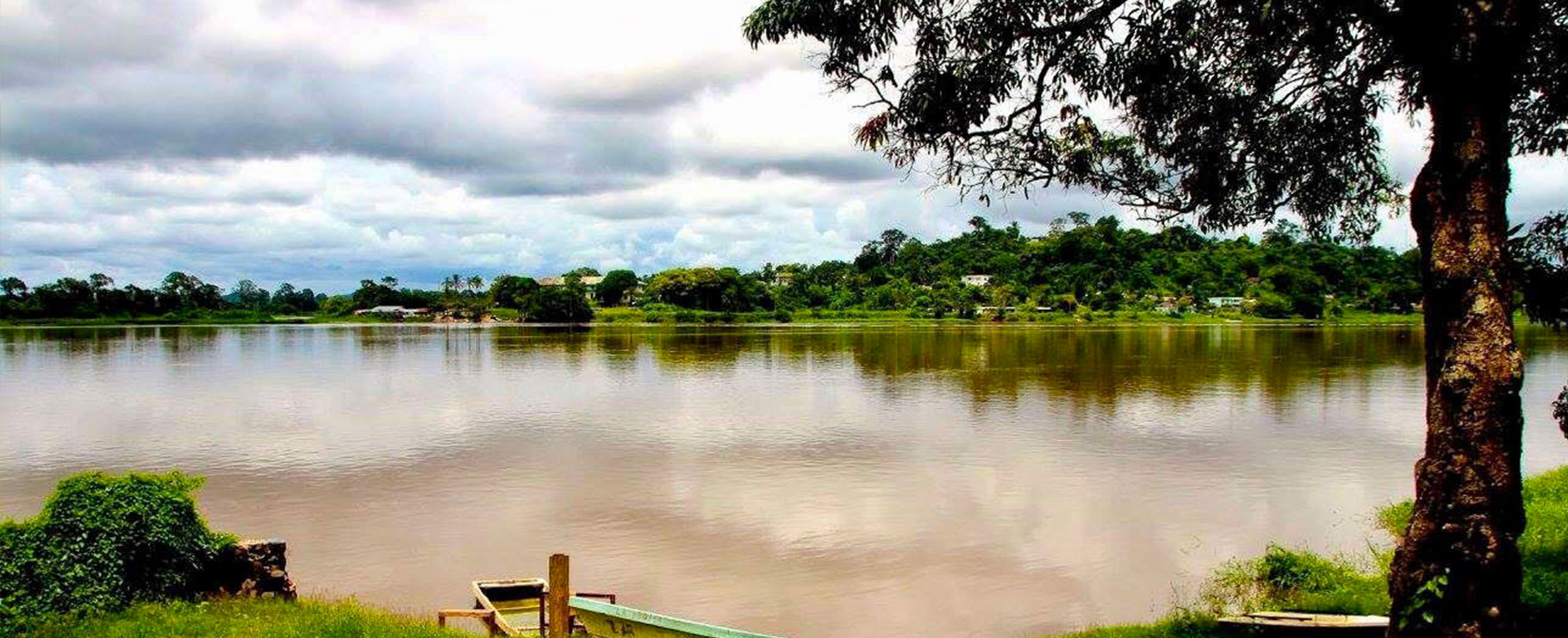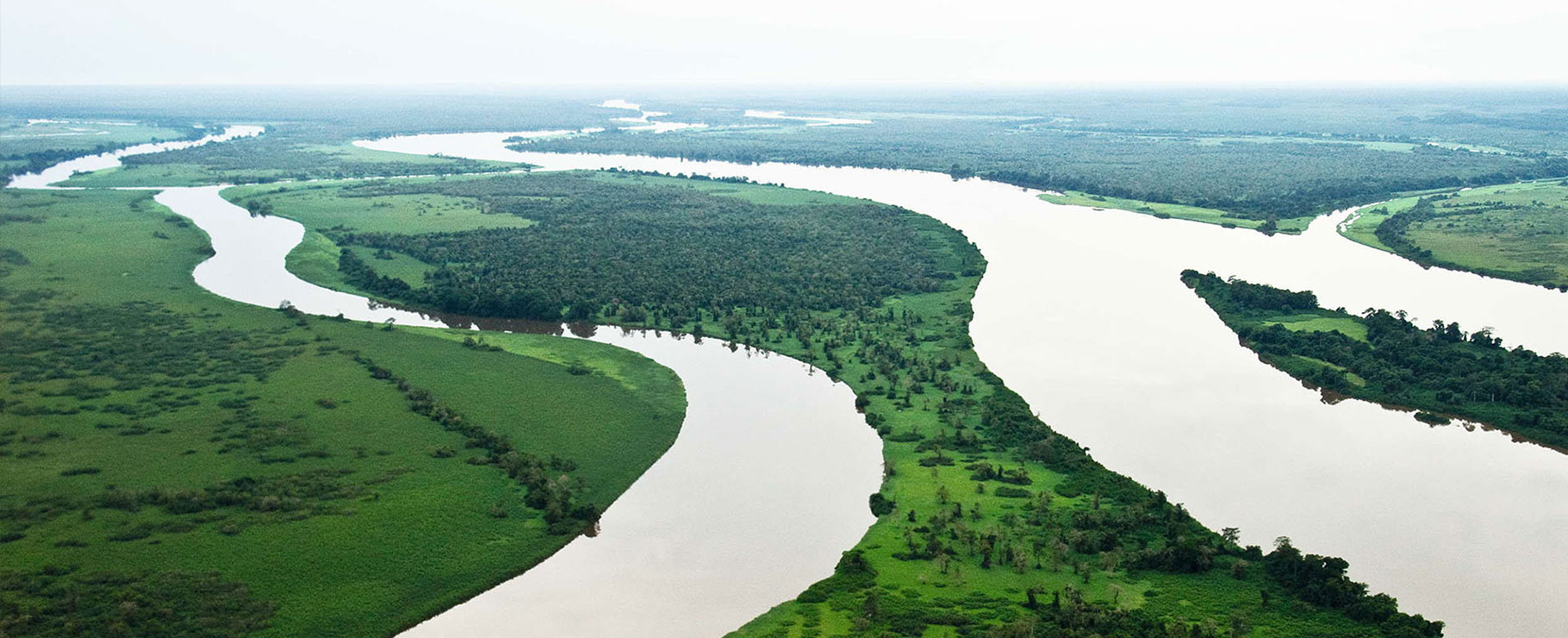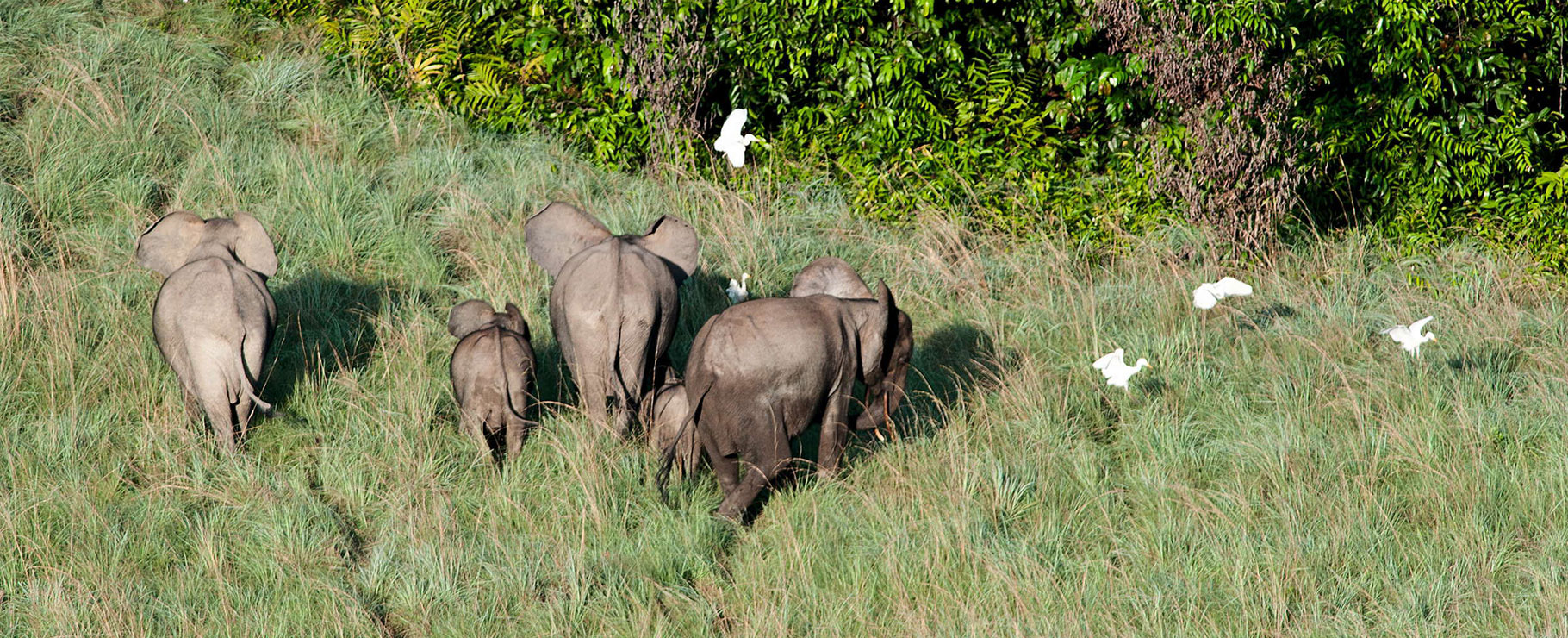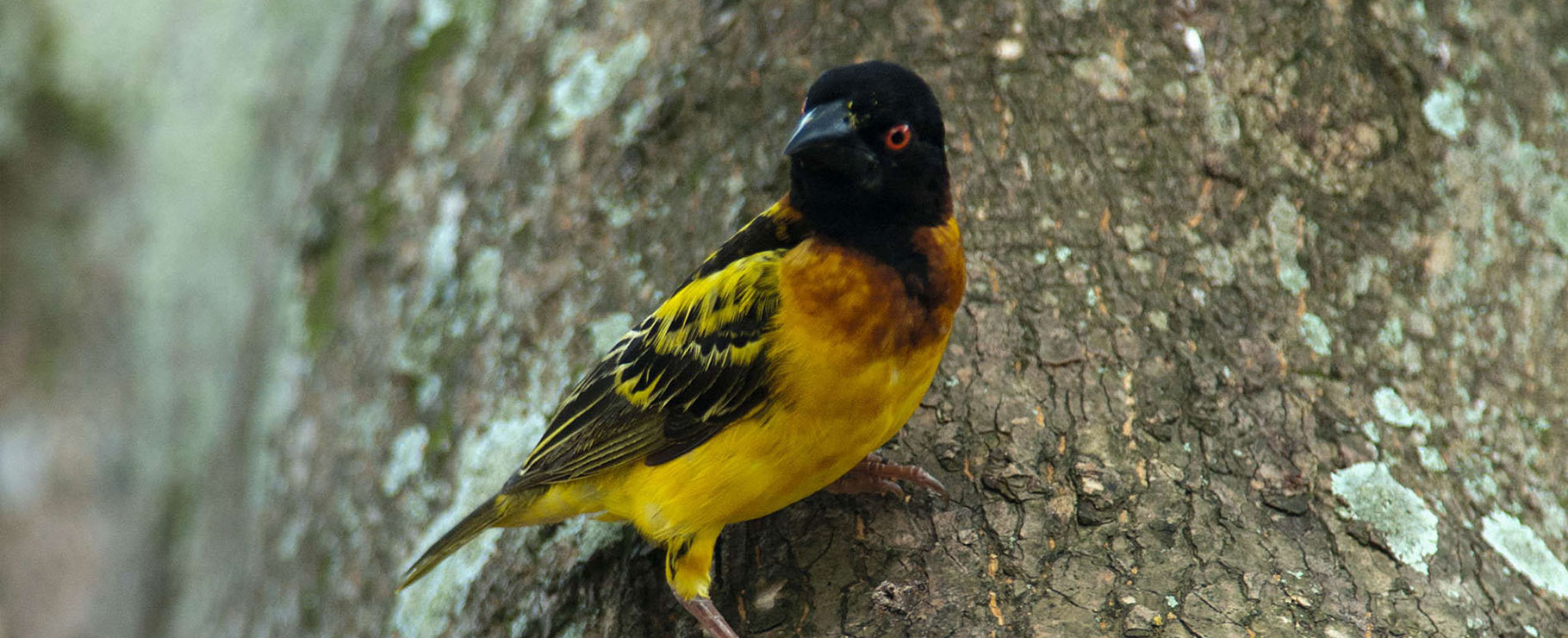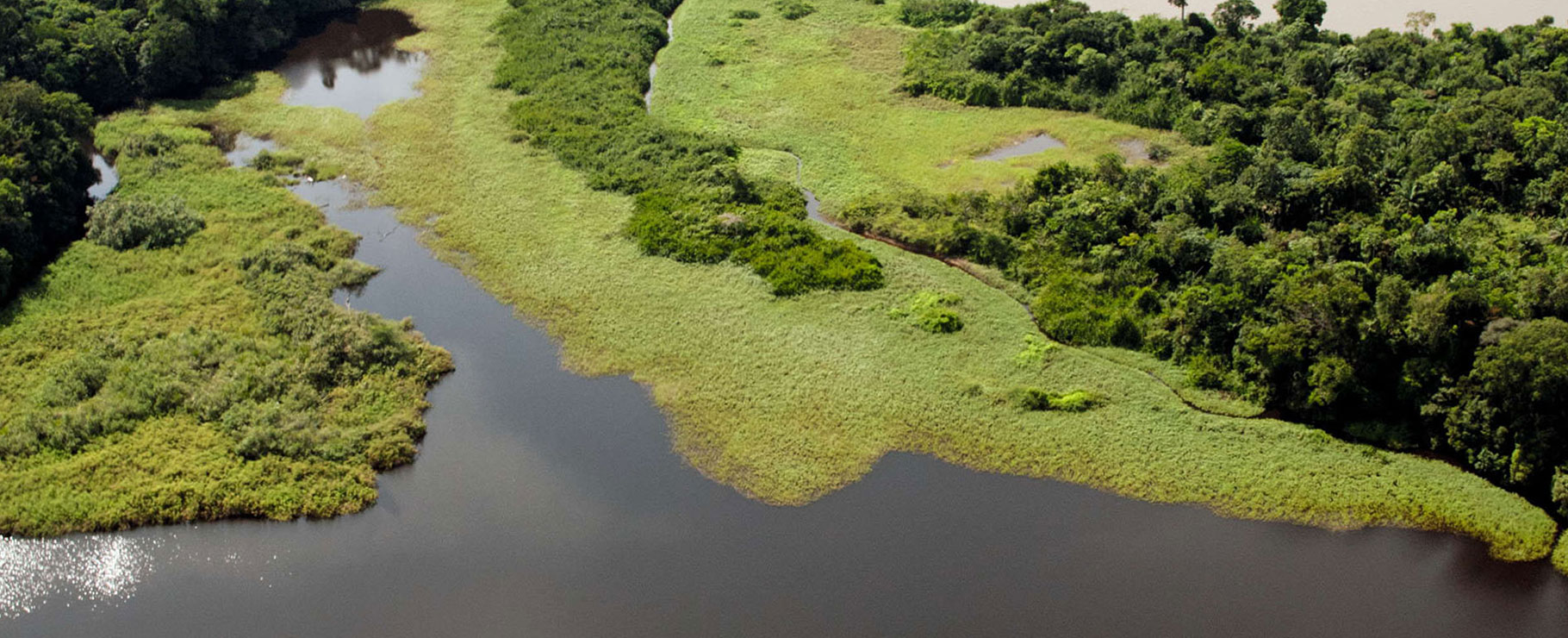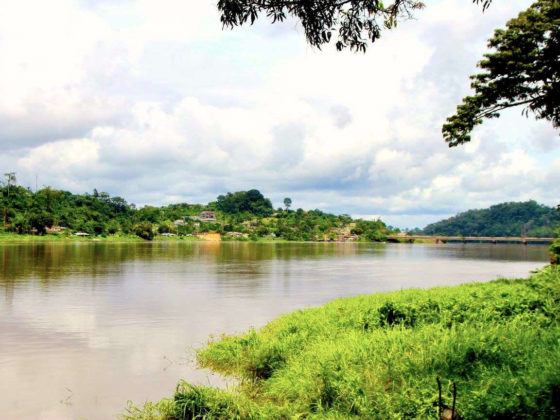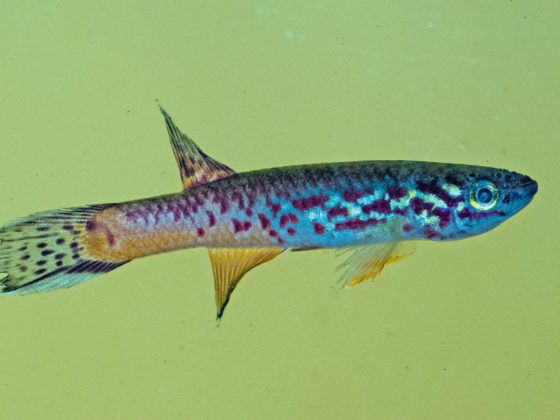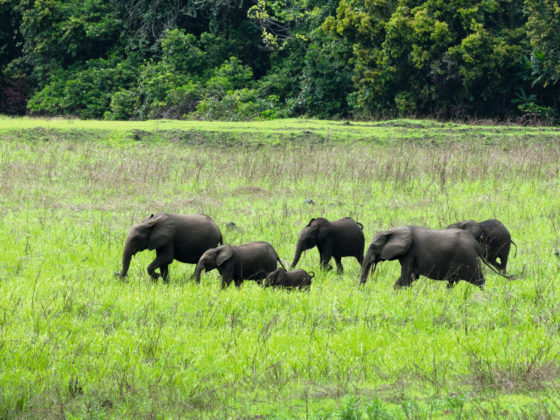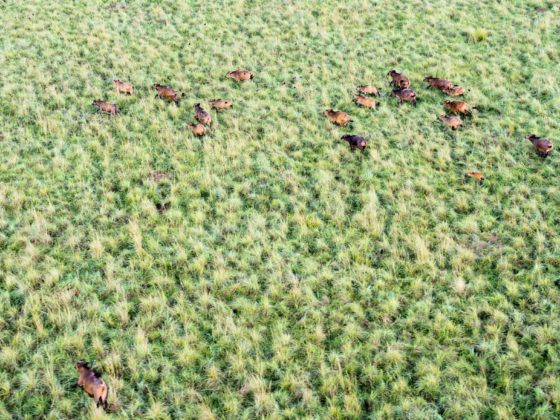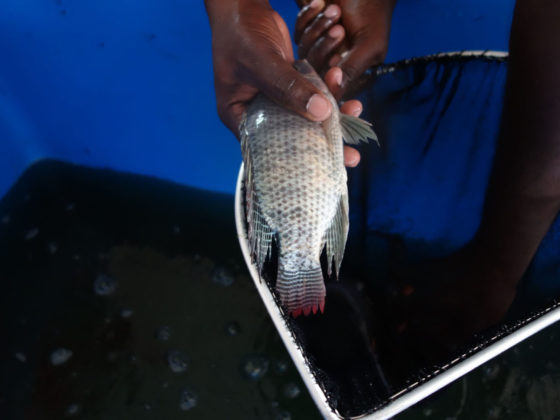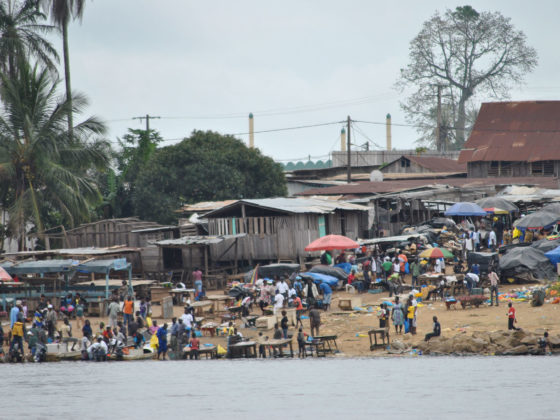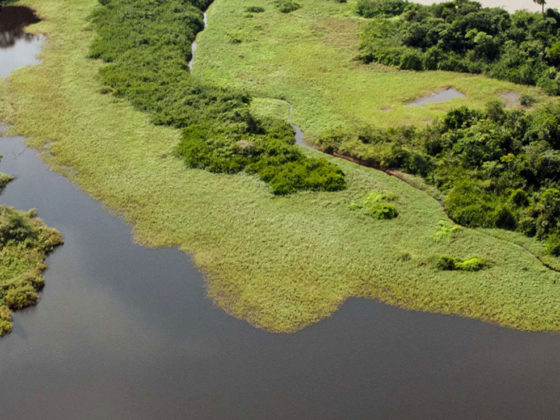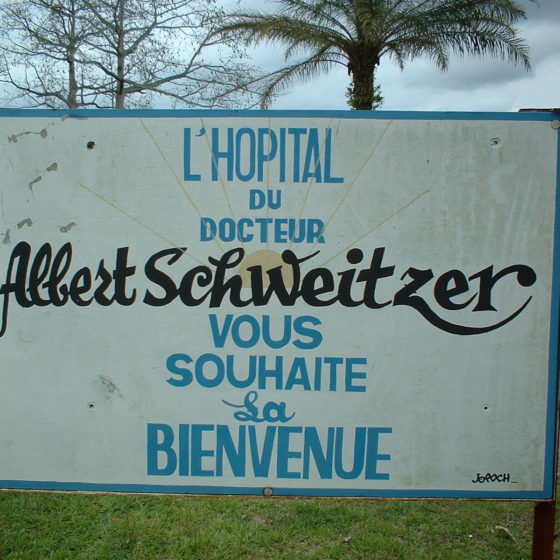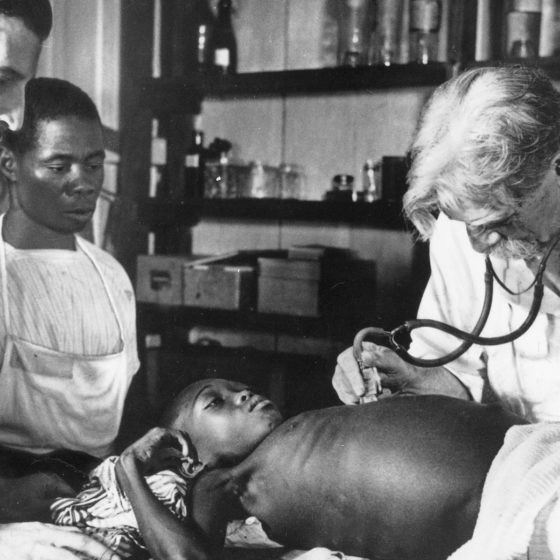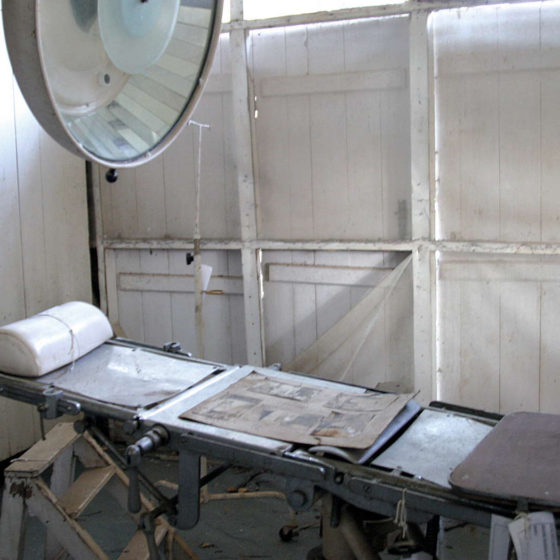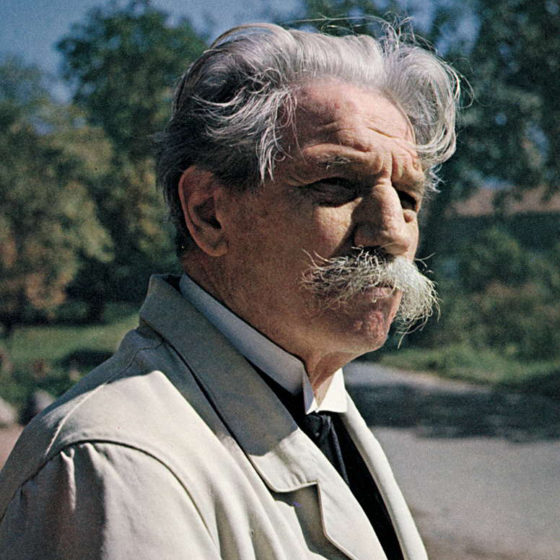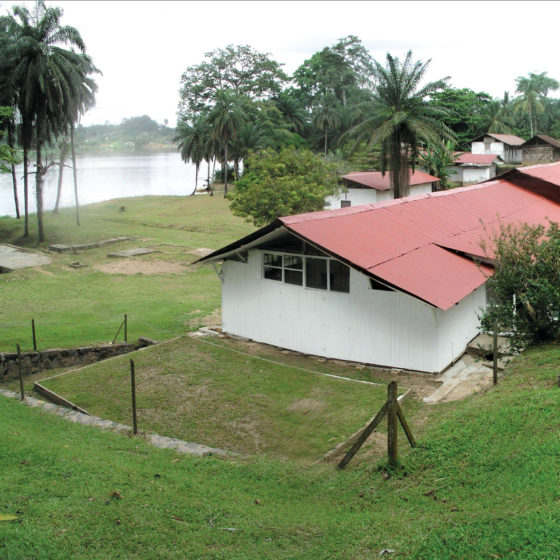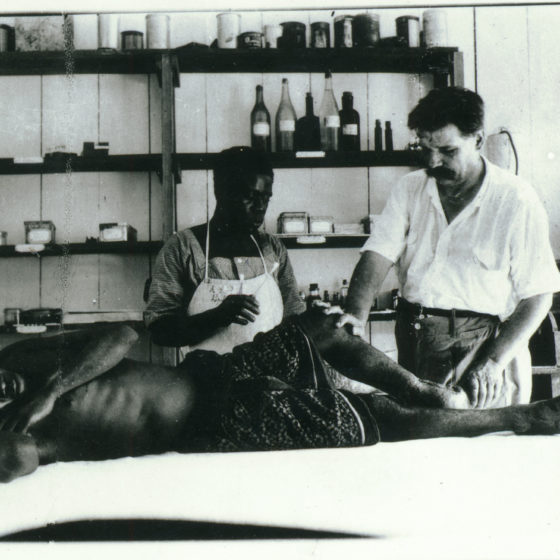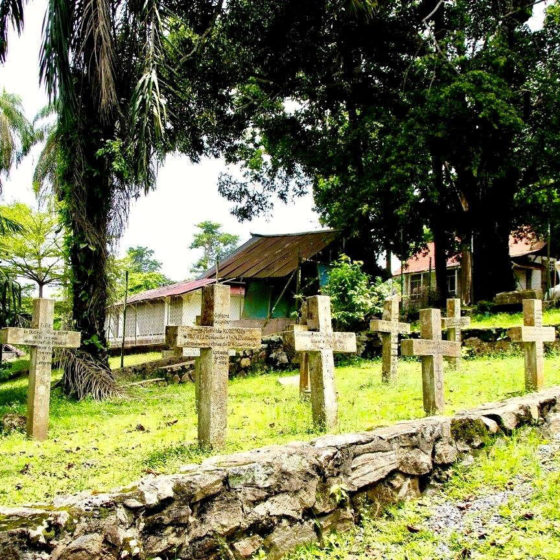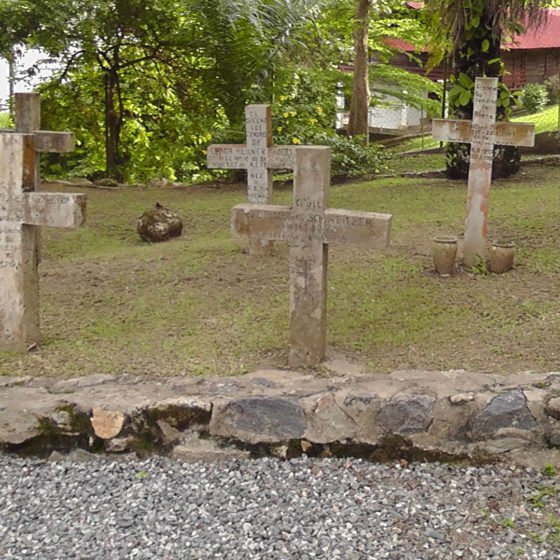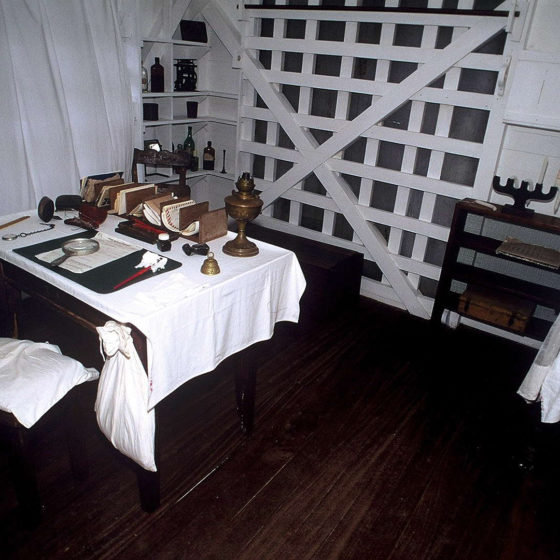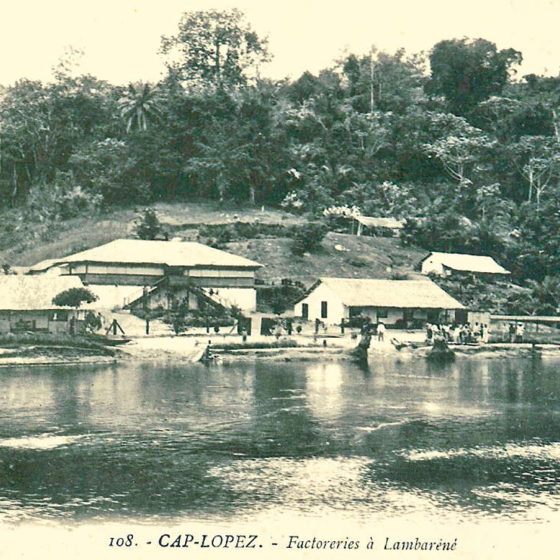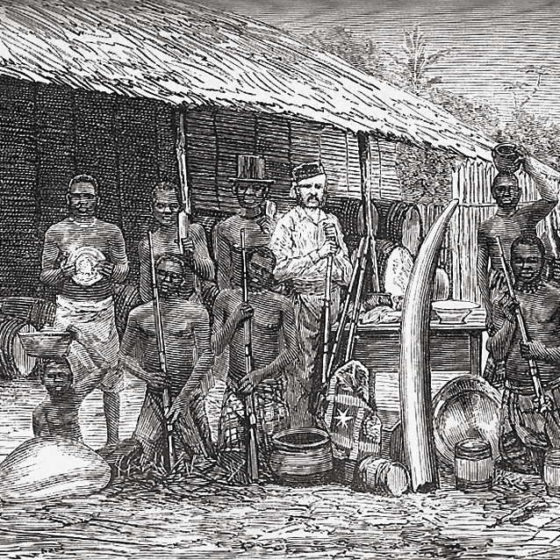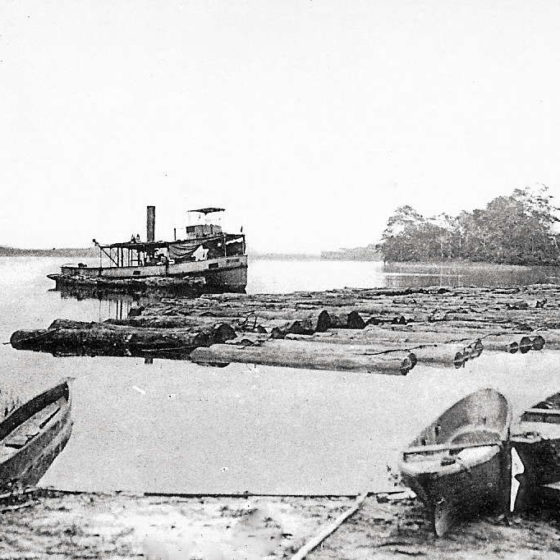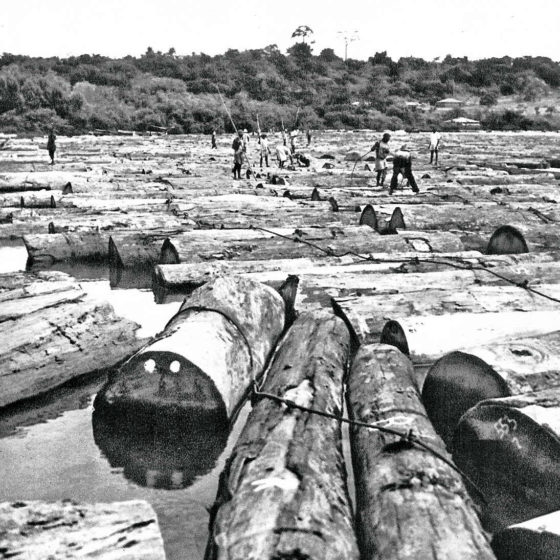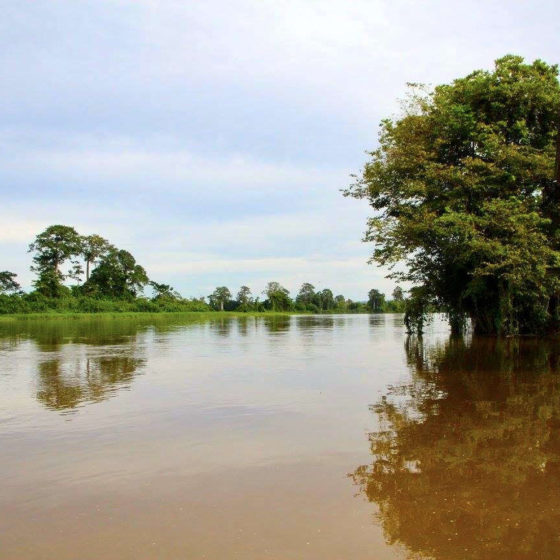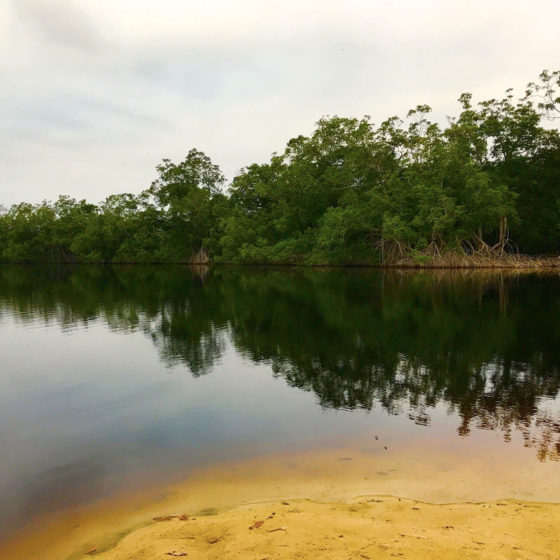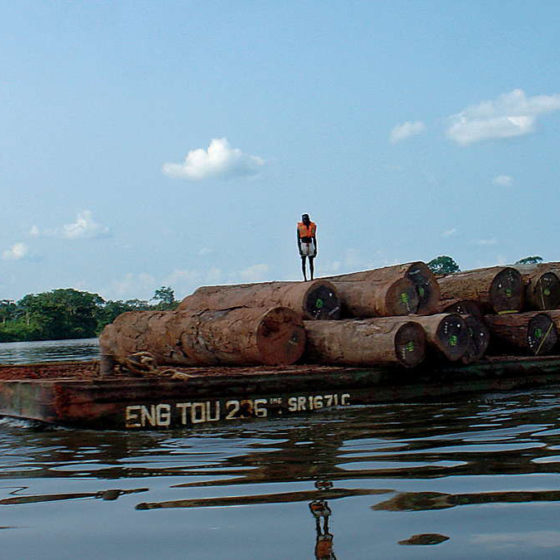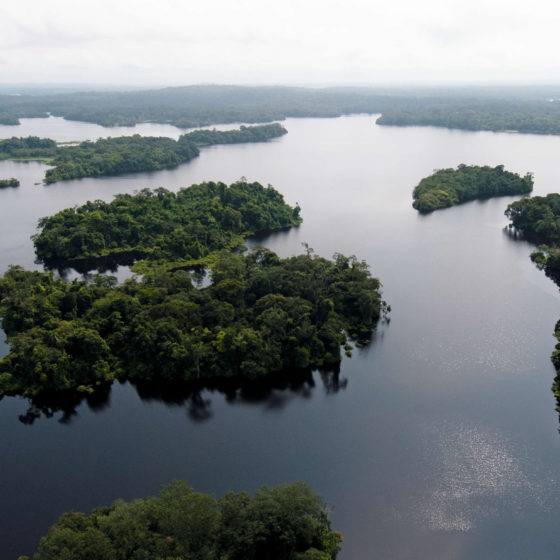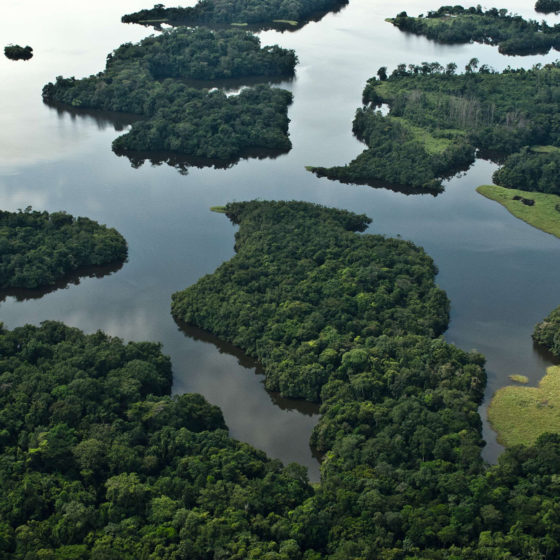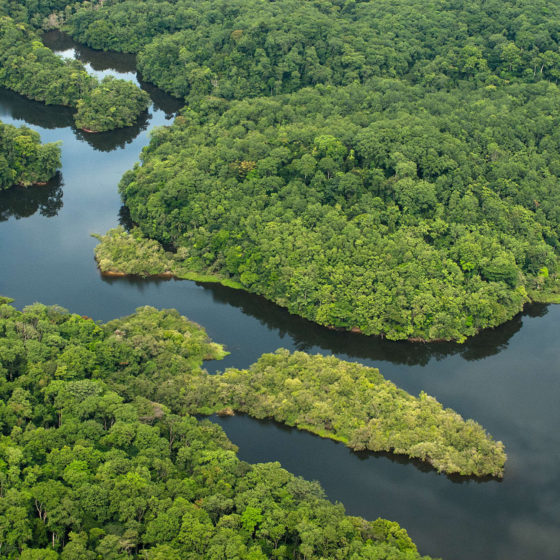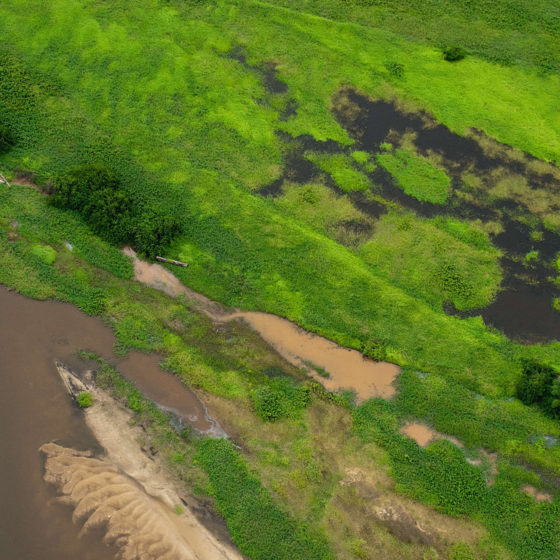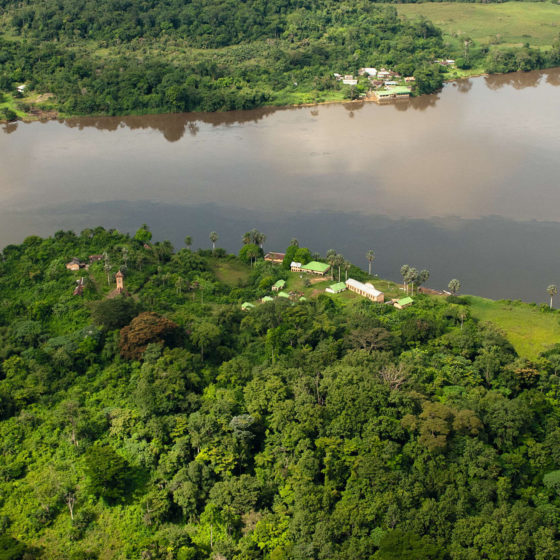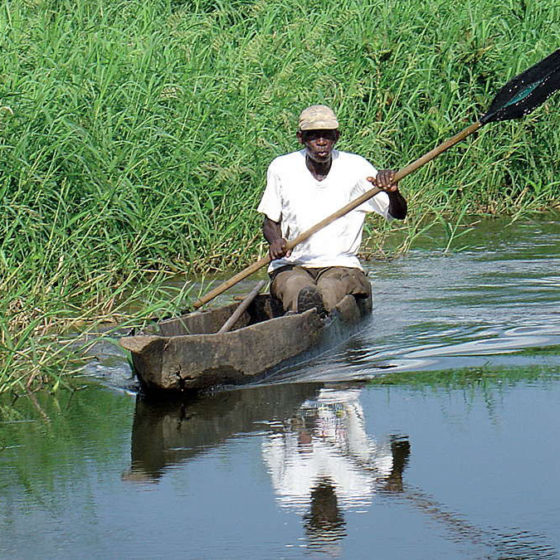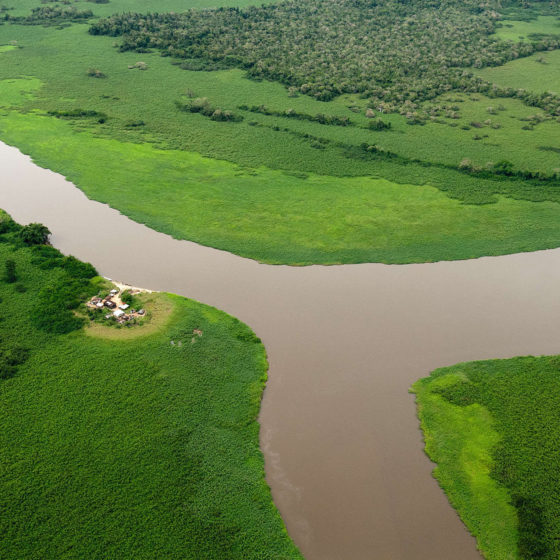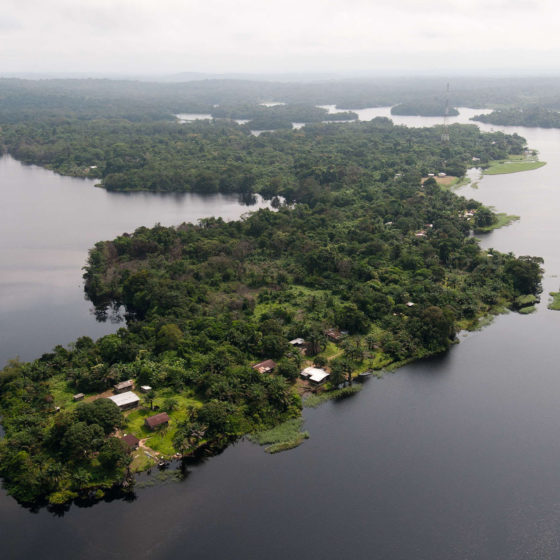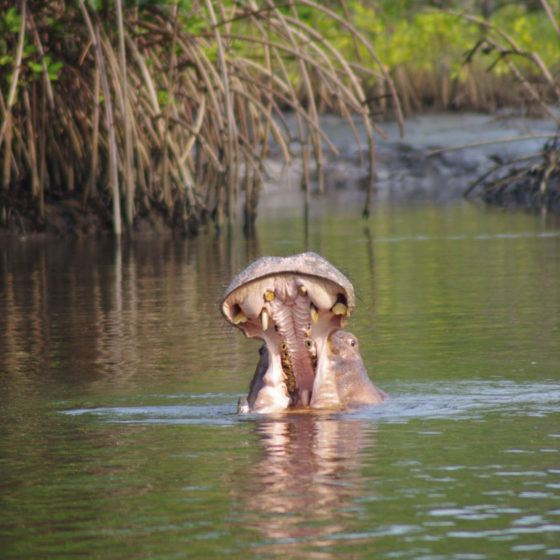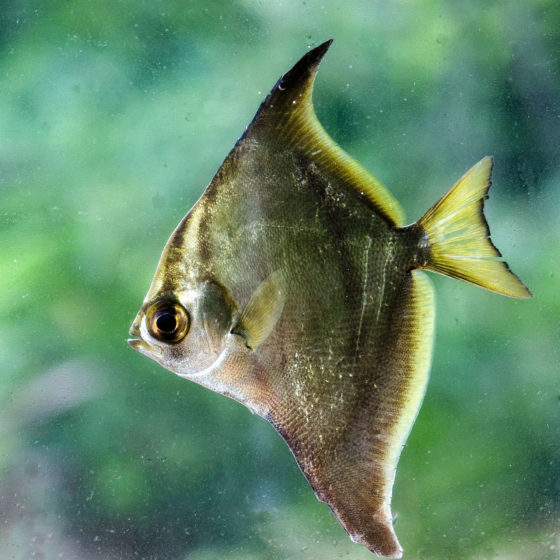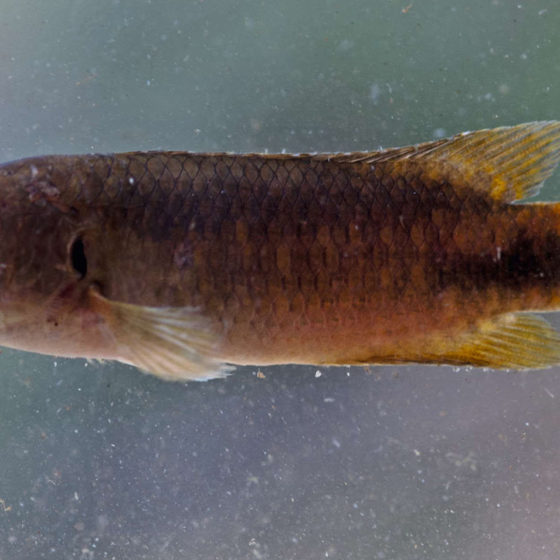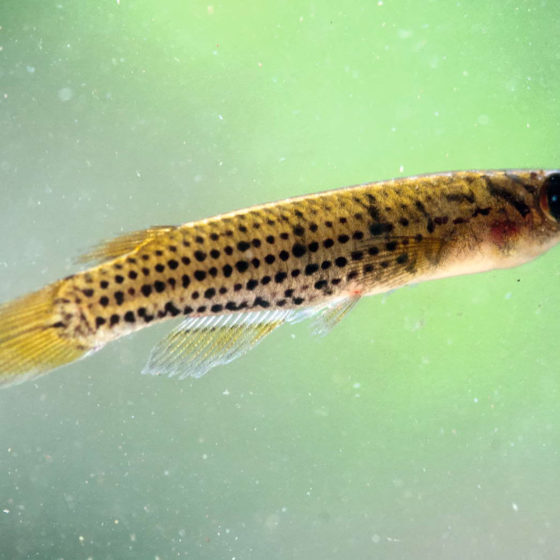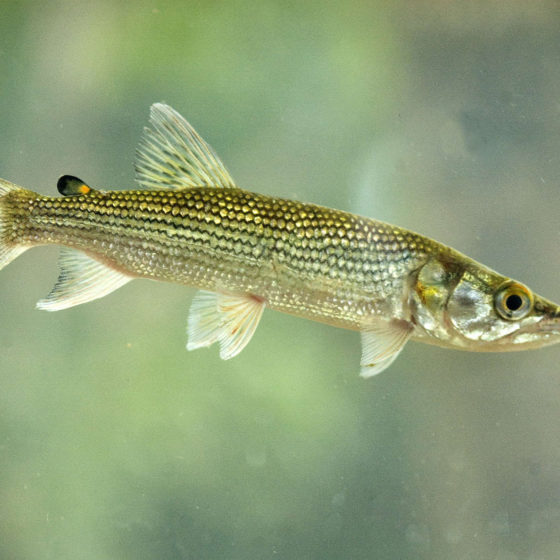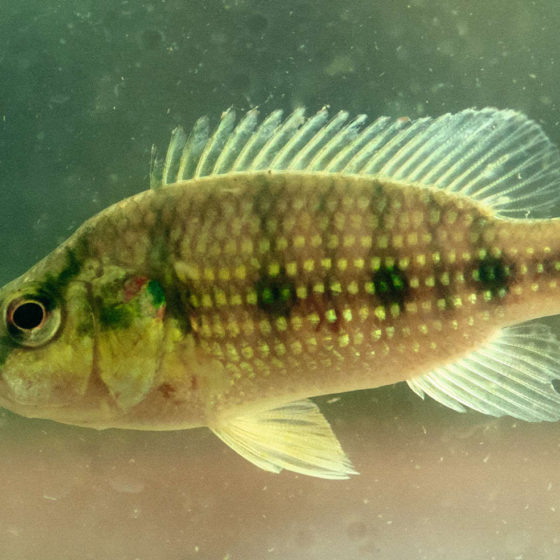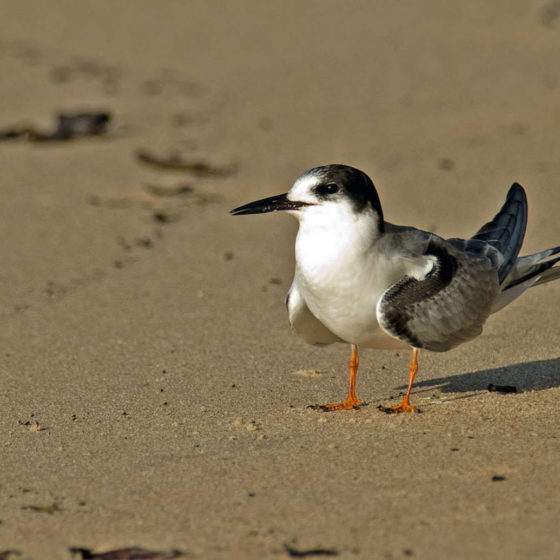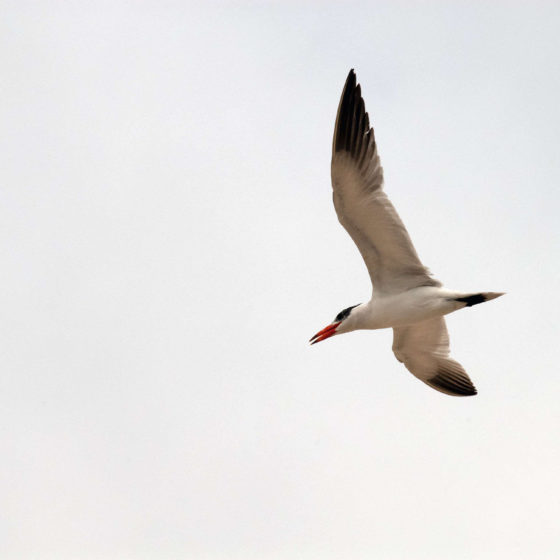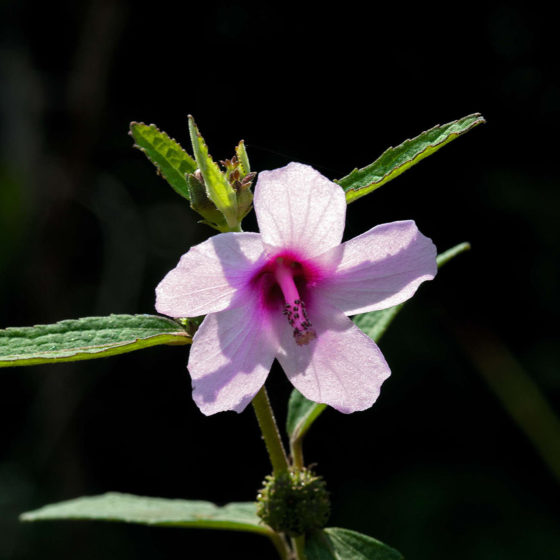MOYEN-OGOOUÉ PROVINCE
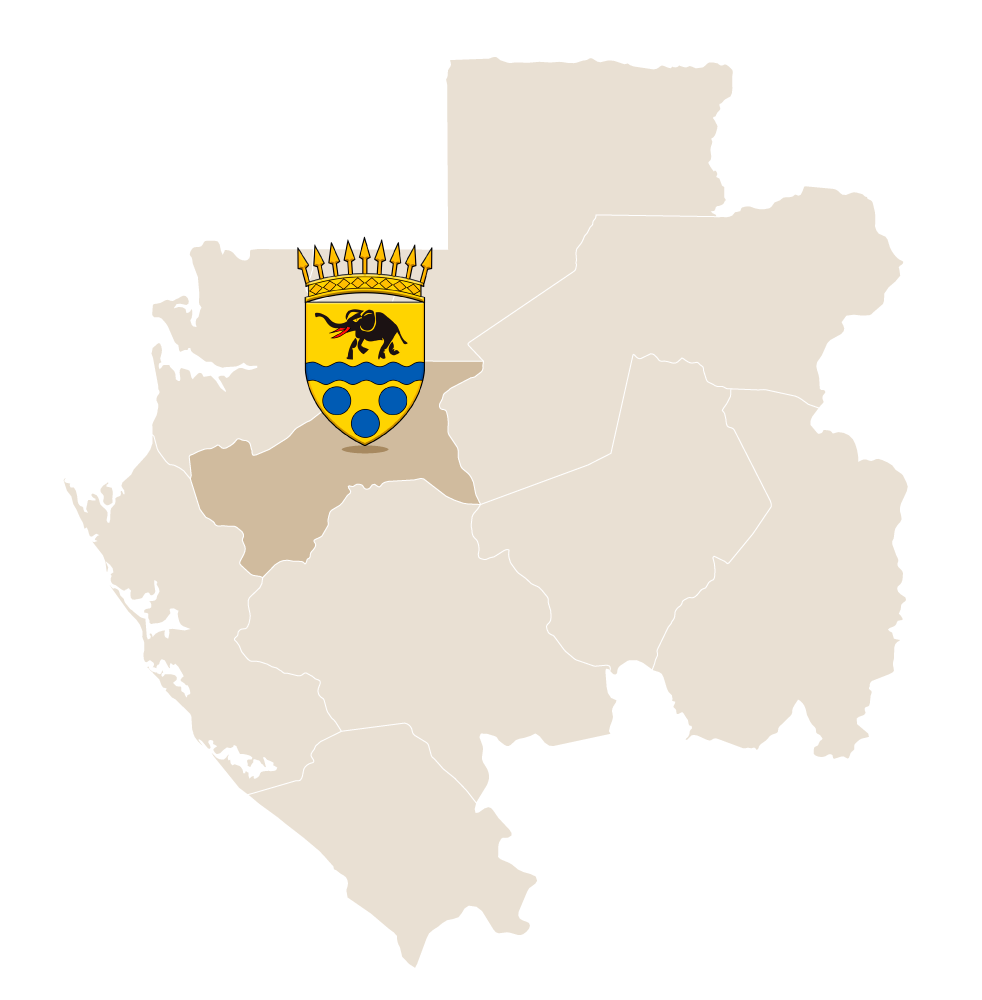
DISCOVER OUR 9 PROVINCES
Moyen Ogooué derives its world-wide fame from the humanitarian and beneficent work of Dr. Albert SCHWEITZER who created, in Lambaréné, the provincial capital, the famous hospital that bears his name and which is installed on the right bank of the Ogooué River, which has given its name to five of the country’s nine provinces. Its county town is Lambaréné which comes from the Galoa dialect and which means “we want to try it, try it”.
History and Culture
The navigators who frequented the coast since the end of the 15th century did not penetrate the region, at least no story has revealed the existence. The space remained almost unknown to Westerners until 1819, when T. E. Bowdich published “Travels in the Land of Aschantie”. It describes the ethnic group formed by the linguistic group Myéné. The Americans Walker and Preston in 1854 organized the voyage up the Ogooué River, followed by the explorer Chaillu.
However, it was only from the expeditions of the French Navy that the first cartographic surveys of the Ogooué were made. Lambaréné was a trading center controlled by kings Nkombé and Ranoké, sovereigns of the Galoa and Enanga tribes that populate the large island of Ogooué. In this half-century, the slave trade was intense and profitable for the coastal populations who maintained their monopoly by preventing communication between foreigners and tribes from inside. In 1867, a treaty of peace, friendship and commerce was signed between France and King Ranoké, then in 1873 with the king galoaNkombé.
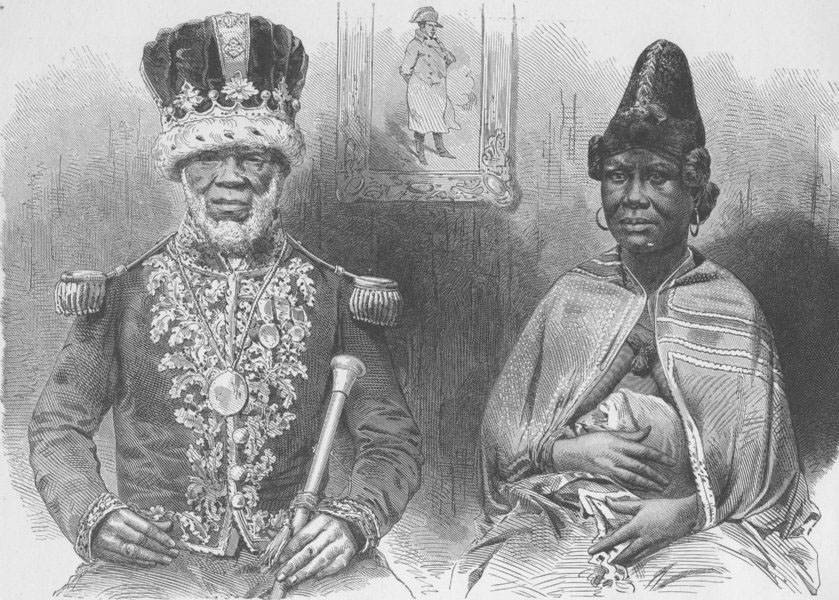
Thus, counters were established along the river. Robert Bruce Walker, father of the abbot, opened the first Hatton and Cookson factory on the current site of Schweitzer Hospital. The Christian missions followed the movement from 1880. Today, Lambaréné remains an active administrative and economic center thanks to its roads and fluvial communications. The populations of Moyen-Ogooué constitute a true ethnic mosaic belonging to four of the seven linguistic groups of the country: Myéné, Fang, Okandé and Mérié.
Watch the video of Moyen Ogooué
Local ethnic groups
Geography
A river crossing the whole province
Occupying most of the Abanga-Bigné Department, a mountainous area in the East opposes a lowland area throughout the rest of the province.
The Ogooué River crosses the whole province; It is navigable between Ndjolé and Port-Gentil via Lambaréné, before flowing into the Atlantic Ocean. The Ngounié River joins the Ogooué upstream of Lambaréné. The Abanga and the southern lakes (Onangué, OguemuéEzanga etc.) as well as those of the North (Azingo, Nkovie, Déguelié etc.) also water the province.
Crossed by the equator at Chinchoua, the province has the following characteristics :
– an equatorial climate, hot and humid, composed of two rainy seasons and two dry seasons;
– a high hygrometry;
– an annual rainfall of 2 mm at Lambaréné and 1.8 mm at Ndjolé;
– an average annual temperature of between 28 ° C and 23 ° C in February and May
The wildlife
A fauna rich with fish
With a variety of fauna and wild flora, the province has to capitalize on emerging tourism around Zilé, Déguelié, Azingo, on the border of Wonga-Wongué Reserve.
The waters of the lakes are, hippopotamuses and manatees. It includes an island inhabited by humans but also by fauna with large forests very dense. The remarkable fauna includes chimpanzees, elephants, buffaloes, hippos, gorillas and seabirds (including the white pelican).
Special features
Lambaréné an international city and a fish market
Lambaréné has a rich and exceptional heritage, such as the Albert Schweitzer Museum, which makes it an international city but also the capital of the carp, Lambaréné’s gold. The Carp is a very popular product in Lambaréné. His reputation has crossed the country and we often notice that many Libreville inhabitants leave the capital on the weekend and go there in order just to buy a few pounds of carp at the market Isaac in Lambarene.
Tourism in Moyen Ogooué Province
Stunning lakes
To discover the sublime region of the lakes, you will have to go to Port-Gentil or Lambaréné. At least one must arrive the day before to negotiate the navigation of the following day with a pirogue. The best thing is to go for a walk during the dry season and to always plan your protection from the sun and mosquitoes. Along the water, before reaching the first lakes, you can observe the wildlife, see how life is organized along the river and even practice the traditional seine fishing.
The lakes are six in number. Barely 30 minutes from Lambaréné, Lake Zilé large, is no less than 7 x 2 km and has some islands such as the Fetish and Etougué where ecotourism is developing. Lake Evaro is an hour’s drive from Lambaréné. Life is peaceful and it is very nice to bivouac. Lake Déguélié is very small and its charm is offered to the visitor whoever wants to give him a little time. On the contrary, Lake Onangué is huge. Its 160 km2 are not lacking in charm either. Finally, let’s finish with Azingo Lake. By opening your eyes, yu may have the chance to see hyppos. There too you can try the seine fishing.
DO NOT MISS OUT
Albert Schweitzer Hospital Village :
In 1913, Albert Schweitzer, Alsatian of origin arrived in Gabon to create a hospital. He will become a humanitarian hero and, independently of himself, a symbol of the Western paternalism. Albert Schweitzer was born on January 14, 1875 in Kaysersberg and died on September 4, 1965 in Lambaréné (Gabon), he was a doctor, a pastor and Protestant theologian, a philosopher and a musician. The hospital he developed in the equatorial forest on the banks of the Ogooué from 1913 made him famous throughout the world. In 1952, the award of the Nobel Peace Prize brought him consecration and considerable media visibility.

